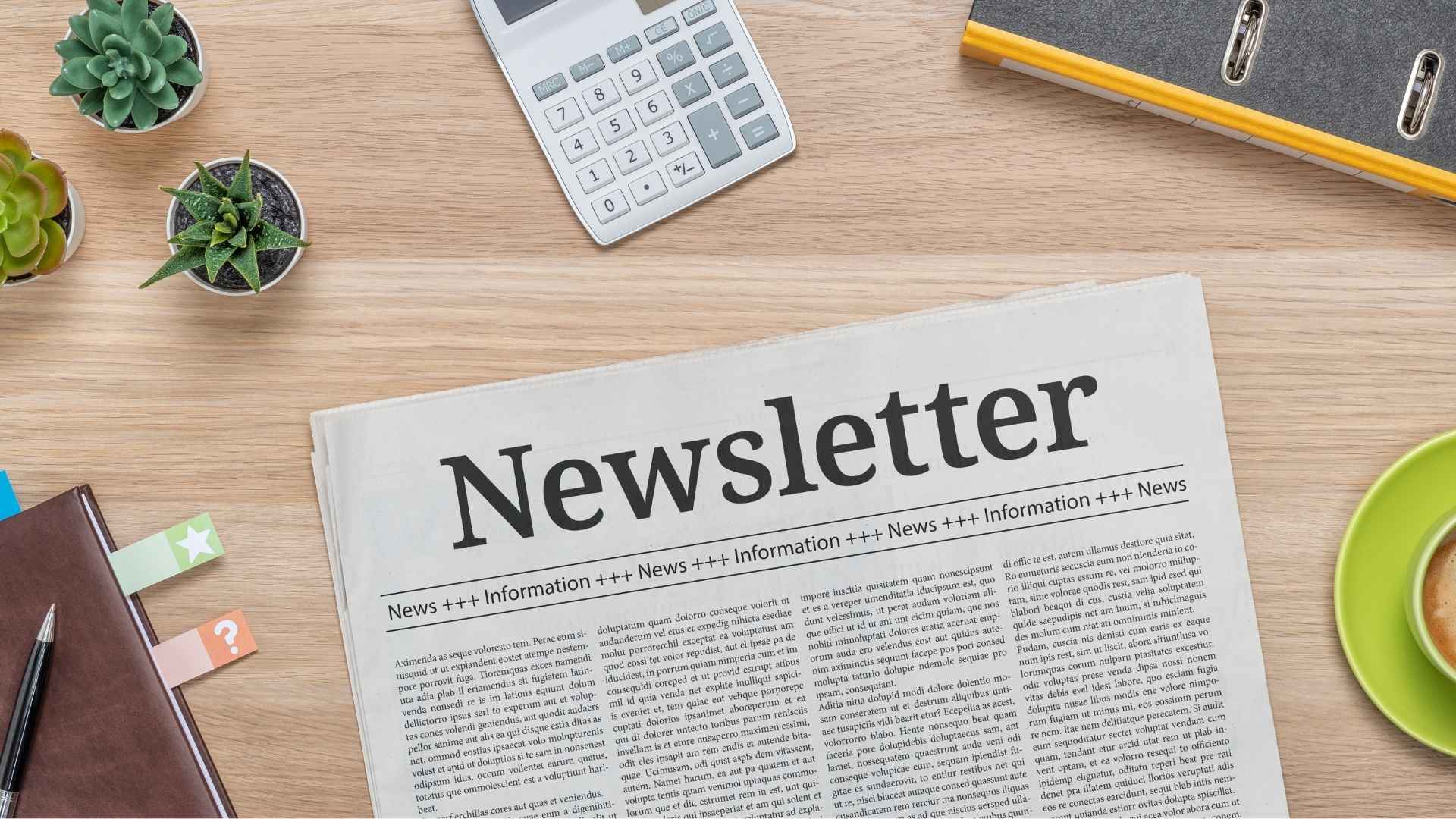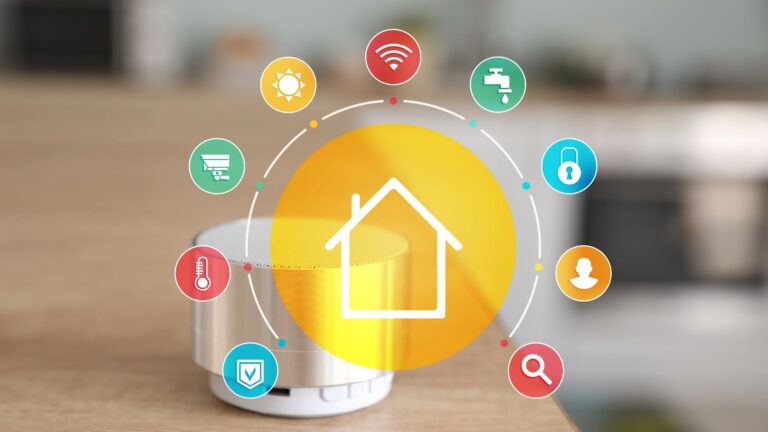Newsletters are one of the most powerful tools for building relationships with your audience, promoting your products or services, and establishing your brand’s authority. Whether you’re a small business owner, blogger, or entrepreneur, learning how to start a newsletter can significantly boost your marketing efforts. This guide will walk you through the essential steps for creating and launching your first newsletter.
Why Start a Newsletter?
Newsletters provide a direct communication channel with your audience. Unlike social media platforms where algorithms dictate visibility, newsletters land directly in your subscribers’ inboxes. They allow you to share updates, deliver valuable content, and promote your offerings in a personalized and consistent way.
Other benefits include:
- Increased customer retention and loyalty
- Higher website traffic
- Better conversions from targeted promotions
- Opportunity to build a community around your brand
Step 1: Define Your Newsletter Goals
Before jumping into design and content, define what you want to achieve. Are you looking to drive traffic to your blog? Do you want to promote products? Or maybe you’re looking to build authority in your industry? Clear goals will guide your content strategy and help measure your newsletter’s success.
Step 2: Identify Your Target Audience
Understanding who you are writing for is crucial. Consider creating a subscriber persona. Ask yourself:
- What challenges do they face?
- What topics interest them?
- What type of tone and language would resonate?
The better you know your audience, the more relevant and engaging your content will be.
Step 3: Choose an Email Marketing Platform
There are several user-friendly platforms available for creating and managing newsletters. Some popular choices include:
- Mailchimp
- ConvertKit
- MailerLite
- Substack
- Sendinblue
Choose a platform based on your budget, technical skills, and the features you need, such as automation, audience segmentation, and analytics.
Step 4: Build Your Email List
Your newsletter will only be effective if people sign up to read it. To build your list:
- Create an attractive sign-up form on your website
- Offer a lead magnet (e.g., free eBook, checklist, or discount)
- Use popups or slide-ins on high-traffic pages
- Promote your newsletter on social media
Make sure to follow email marketing regulations, like GDPR or CAN-SPAM, and always get explicit permission before sending emails.
Step 5: Plan Your Newsletter Content
Decide what type of content you’ll include. A good newsletter should offer value, not just promotions. Some content ideas include:
- Tips and how-to guides
- Industry news and trends
- Personal updates or behind-the-scenes stories
- Exclusive deals or offers
- Links to your latest blog posts or videos
Keep your emails concise, easy to read, and mobile-friendly. Use clear headings, bullet points, and visuals to break up the content.
Step 6: Design Your Newsletter
Your newsletter should reflect your brand. Choose a clean, responsive template and customize it with your brand colors, logo, and tone. Most email platforms offer drag-and-drop editors that make this process simple, even for non-designers.
Focus on user experience by:
- Using short paragraphs and subheadings
- Adding call-to-action buttons (e.g., “Read More,” “Shop Now”)
- Including social media links
Step 7: Set a Consistent Schedule
Consistency builds trust. Whether you send your newsletter weekly, bi-weekly, or monthly, stick to a schedule your audience can expect. Consistent delivery keeps you top-of-mind and encourages higher engagement.
Step 8: Test and Preview
Before sending your newsletter, preview and test it on different devices and email clients. Make sure:
- All links work correctly
- Images load properly
- There are no spelling or grammar mistakes
Most email platforms allow you to send test emails or check for formatting issues automatically.
Step 9: Monitor and Improve
After sending your newsletter, analyze performance metrics such as:
- Open rate
- Click-through rate (CTR)
- Unsubscribes
- Conversions (if applicable)
Use this data to optimize future newsletters. For instance, try A/B testing subject lines or experimenting with different content formats to see what resonates best.
Step 10: Grow Your Audience
To expand your reach:
- Promote your newsletter on all your online platforms
- Encourage subscribers to forward it to friends
- Collaborate with other content creators
Make sure new visitors can easily find and subscribe to your newsletter across your website and social media profiles.
Final Thoughts
Starting a newsletter doesn’t have to be overwhelming. By taking it step by step, you can create a powerful communication channel that builds relationships, drives traffic, and supports your business goals. Remember, success comes with consistency and a genuine focus on providing value to your readers.
Now that you know how to start a newsletter, it’s time to take the first step. Choose your platform, brainstorm your content, and hit send — your audience is waiting!









